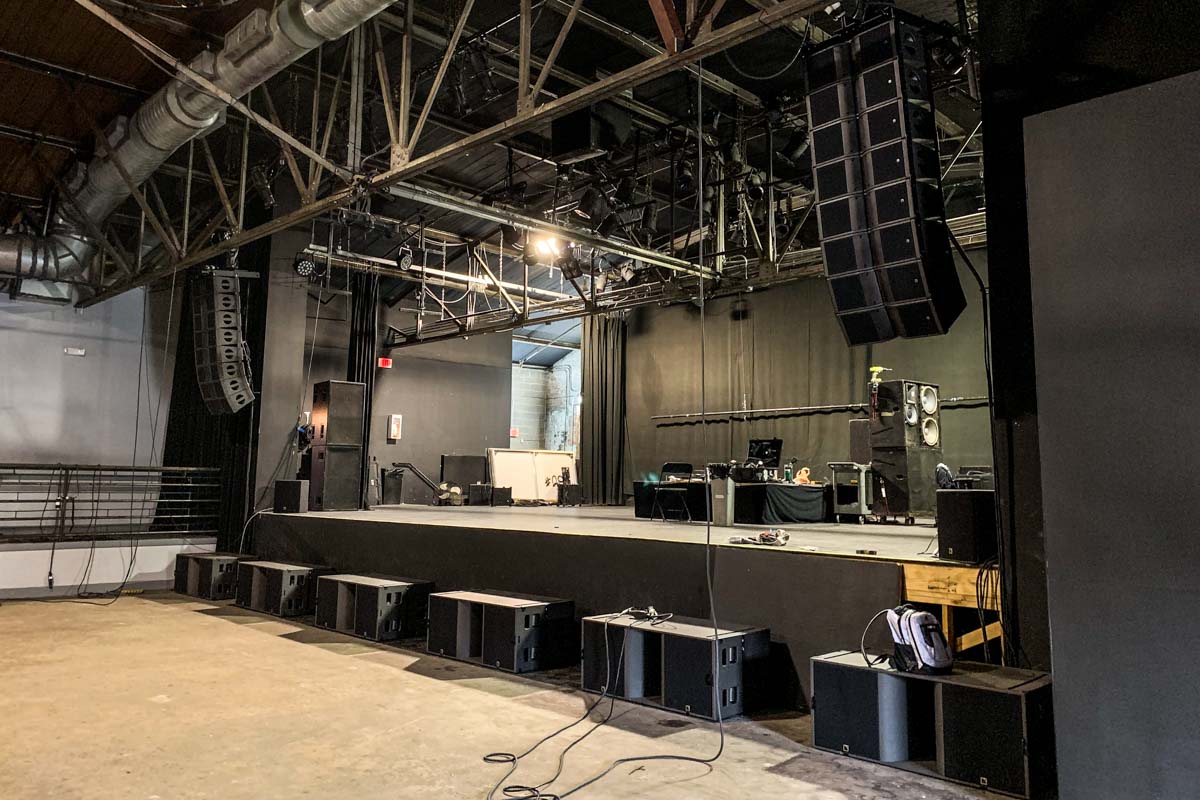
One of the primary benefits of combining legacy technologies with modern audio communication is increased adaptability. Traditional sound systems often require complicated wiring and restricted routing options. With sound networking solutions like Dante or AVB, sound transmissions can be sent over conventional Ethernet cables. This implies that users can readily link multiple units without the requirement for extensive rewiring. Regardless in a performance venue, a school theater, or a corporate event, this adaptability allows for rapid modifications and changes to the sound setup without significant delays.
Performance is a further significant factor that enhances when outdated systems are modernized with up-to-date networking solutions. Outdated technologies may struggle to provide high-quality audio, particularly in larger venues or in challenging events. By adopting sound networking, entities can take advantage of sophisticated capabilities such as minimal delay, synchronization, and electronic data processing. These advancements assist ensure that sound is distinct and uniform, enhancing the complete experience for listeners and performers alike. This shift can create a noticeable difference in the way sound is perceived in various settings.
Moreover, harmonizing outdated technologies with contemporary technologies can lead to cost benefits in the long term. Although upgrading to new equipment may necessitate an upfront investment, the efficiency gained through sound communication can reduce maintenance expenses and decrease the need for ongoing fixes. Furthermore, networked systems often require fewer tangible space than traditional setups, which can reduce on property costs in venues. Organizations can distribute funds more efficiently, utilizing the money they save to invest in additional critical fields.
Lastly, training staff on the method to operate integrated technologies becomes easier with audio networking. Numerous contemporary audio networking systems come with intuitive interfaces and distant management capabilities. This means that including those who may not extensive technological expertise can learn to operate and control the sound systems efficiently. Educational programs can be designed focused on these solutions, empowering personnel to manage and diagnose systems with confidence. By combining the old with the new, entities can create a more capable and click resources knowledgeable workforce, ultimately leading to better audio experiences for all concerned.